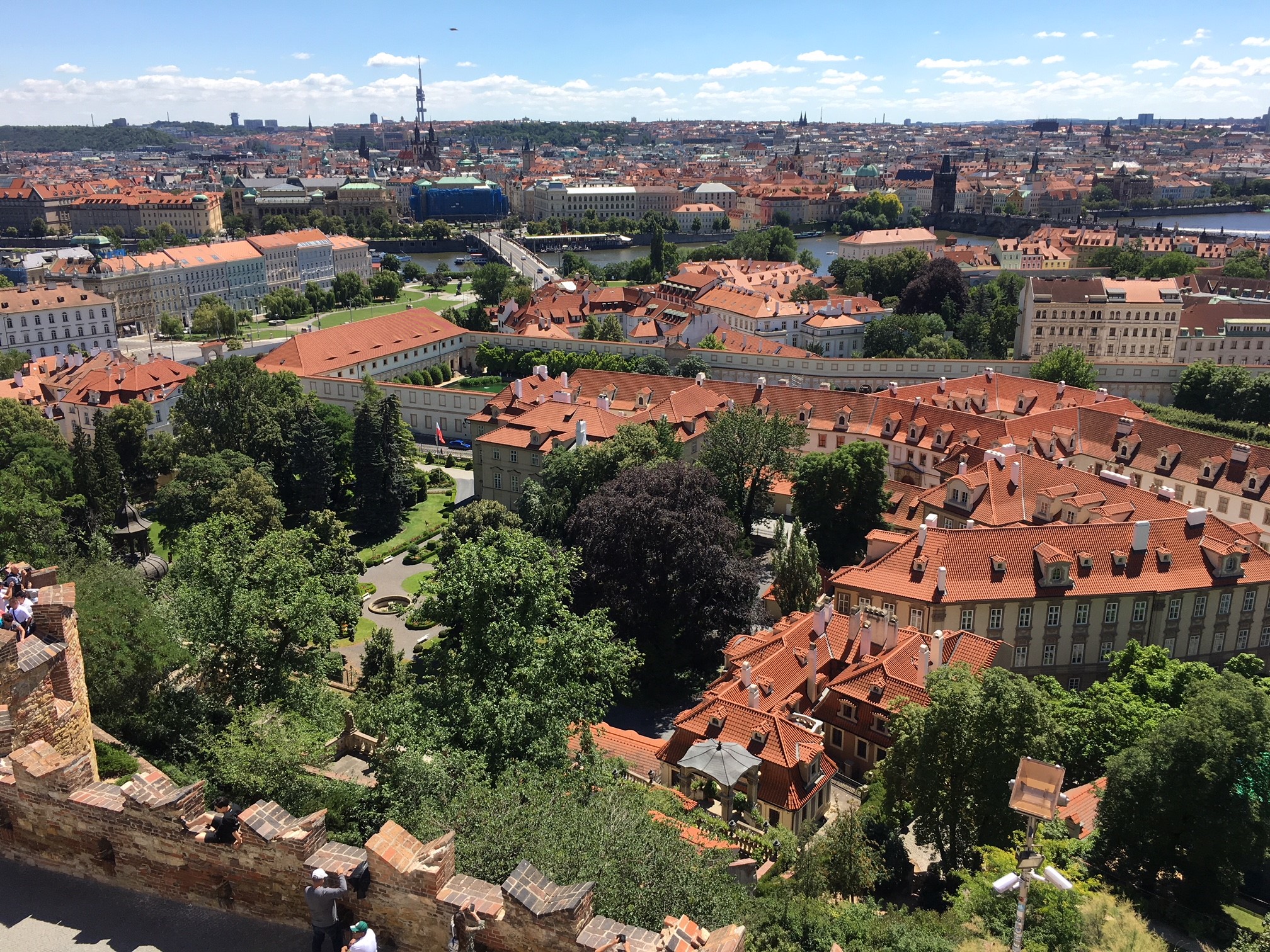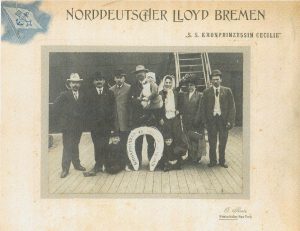
I recently read a book by Ellen Marie Wiseman entitled What She Left Behind. Among other themes in the book, it depicted the treatment of a woman who was committed to an asylum in early 1920 by her father. The main character was committed because she reacted strongly to a marriage arranged by her parents; she displayed outbursts of emotion. The author of What She Left Behind describes the conditions in an asylum based on the Willard Asylum in Ovid, New York, during the early twentieth century. Often, when I’m reading fiction, I think about my family tree and those living during the years in which the novel takes place. Were there individuals in my own family tree who “went mad” or were sent to live in an asylum? Were these episodes recognized as depression or mental illness; or was a person abandoned, without family to care for them and, thus, committed? Continue reading Lost to history








